Sake is a Japanese rice wine shared by the Japanese during special occasions, from celebrations to family gatherings. Sake has also been interpreted in some pretty interesting ways, as is the case with habushu is the strangest “sake” you’ll ever find in Japan.
You might wonder how sake with centuries of tradition and history could become so unusual. Well, add venomous snake to the bottle, and you have yourself a bottle of sake that will have everyone at the dinner table talking.
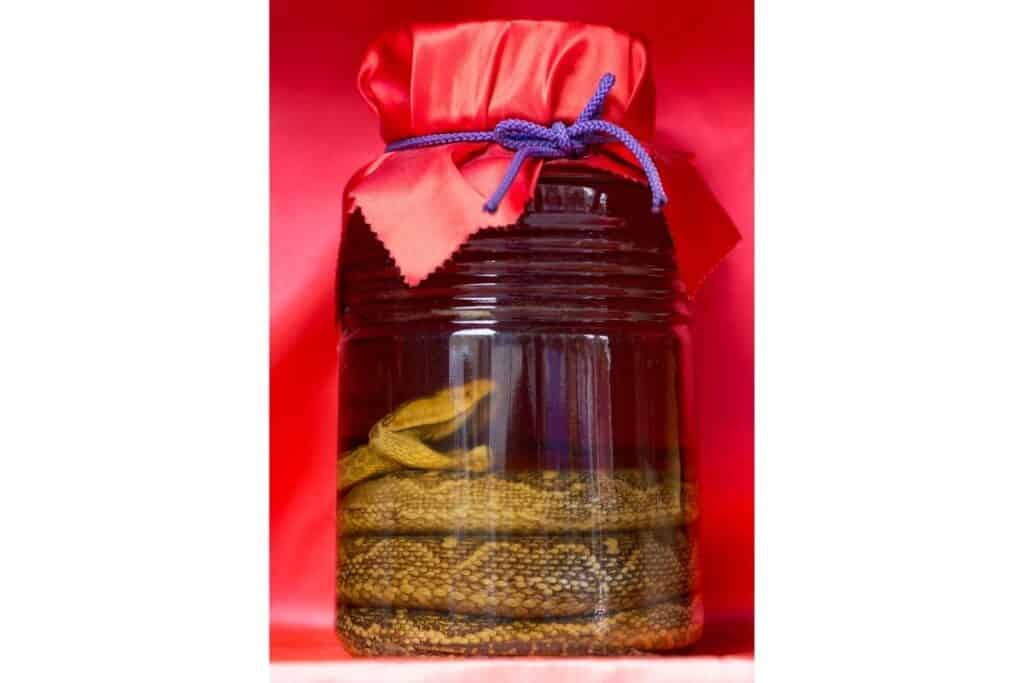
What Is Habushu?
Habushu is a liquor made with awamori, which is a type of alcoholic beverage made with rice that is only grown in Okinawa, Japan. The rice is an indica long grain rice, which is grown in other regions.
However, the distilled alcohol brewed in Okinawa is unlike any other alcoholic drink you’ll find across Japan.
In order to make this into habushu, also known as Habu Sake or Okinawan Snake Wine, a habu snake has to make its way into the bottle. Despite the name, habushu isn’t actually sake or wine.
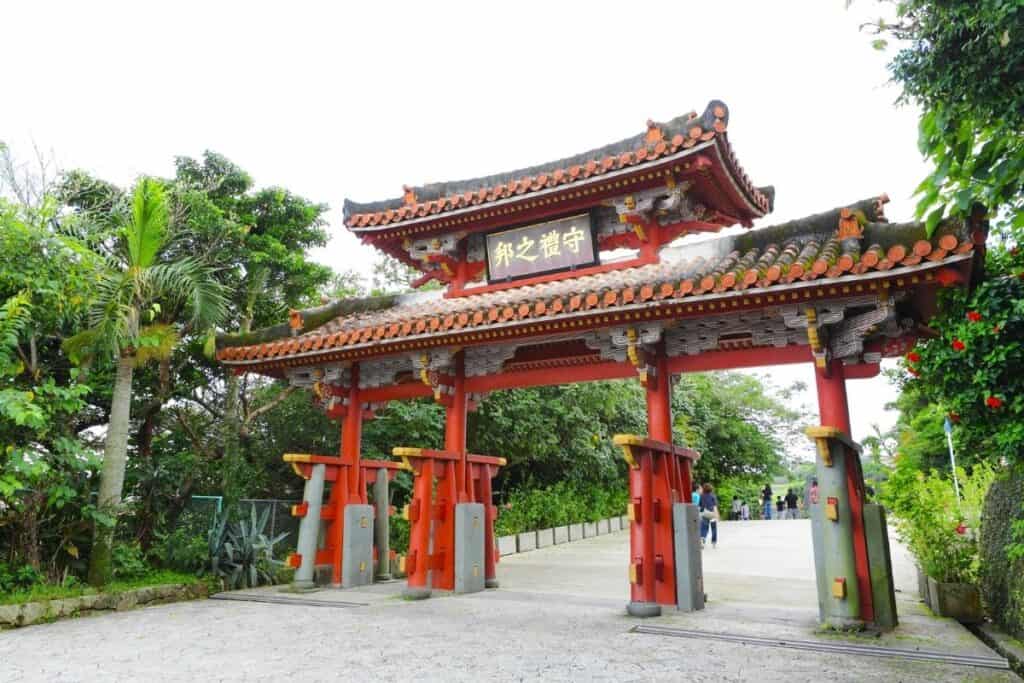
What Is A Habu Snake?
The habu snake is a venomous snake that lives in the Okinawan islands of Japan, also known as the Ryukyu Islands. They are part of the pit viper family.
They are brown snakes with interesting colored spots and can grow anywhere between four and eight feet. They tend to be pretty aggressive, so one should stay as far away from one as possible if visiting the Okinawan countryside or forested areas.
How Does The Snake Get Into The Bottle?
After the awamori is made by combining the rice with Koji mold, it’s mixed with different herbs and honey before the snake goes inside the bottle.
Sometimes, the snake will be inserted into the bottle after the sake is made; thus, the snake will drown inside the bottle.
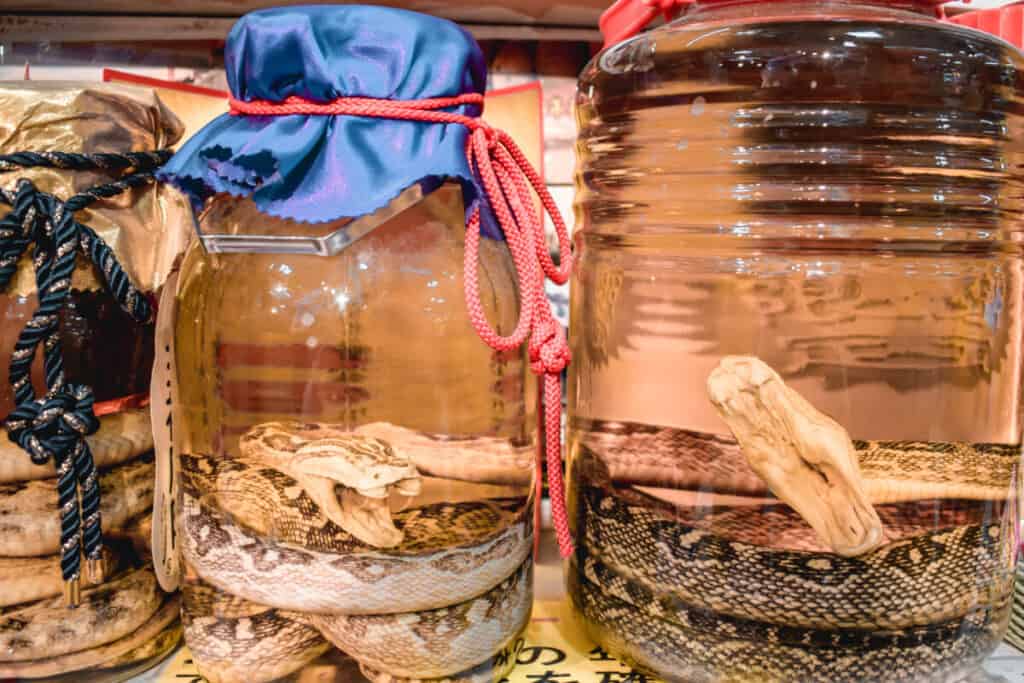
Other times, the snake will be laid in ice until it passes out, then it is cut open to drain its blood. The snake wakes up and dies shortly after, at which point it is submerged into ethanol for one month.
After, the snake gets dumped into an alcohol mix for forty days. Finally, it gets placed into awamori to “live” until it’s consumed.
Makers tend to prefer going with the second method because letting the snake die in the bottle of awamori and tends to create a terrible smell. However, the second method takes a lot of time.
How Is It Safe To Drink Sake With A Venomous Snake Inside?
The act of soaking a habu snake in alcohol for a long time will essentially break down the venom within the snake to the point where it disintegrates. At this point, it cannot poison a person who consumes it.
A habu snake in the wild is dangerous as they are quite venomous. When a person is bitten by a habu snake, they may only get nauseous or develop, however medical attention should always be seen as it depends on how much venom was injected into the blood stream.
Some people will lose sensation or the ability to move their hands and legs. In some cases, their venom has been known to cause death.
While Japan makes efforts to try and keep the population of the poisonous habu snake at a minimum, some makers will breed the habu snake in order to produce habushu.
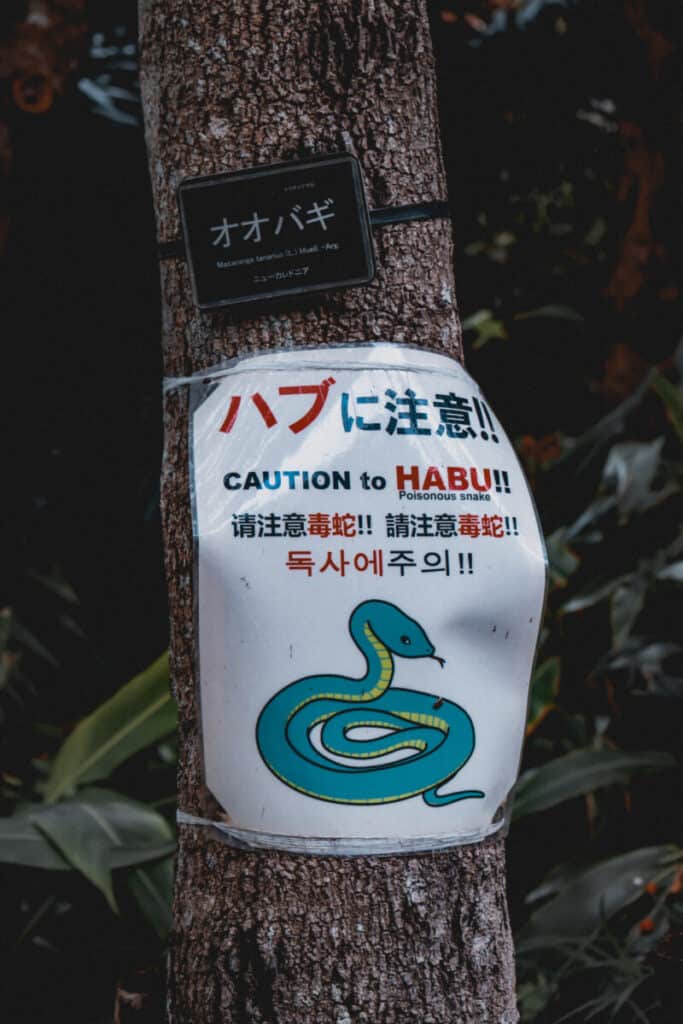
Why Would Anyone Want To Drink Habu Sake?
There are a few reasons why habushu is consumed. While there may not be any scientific evidence that proves habu sake has health benefits, these benefits are believed to be true in Japan.
In China, there are also some who believe that the habu snake produces many medicinal properties.
What Are Some Health Benefits Said To Be In Habu Sake?
One common belief is that habu sake can help increase energy levels. It has also been believed to be able to help people sleep, and there are even anecdotal stories that attribute habushu to improving disturbed sleeping patterns.
Furthermore, it’s believed that consuming habu sake can help those who experience issues with pain in their joints and back.
This belief stems from a habu snake’s ability to persevere through harsh conditions and survive with minimal sustenance. For example, a habu snake can survive without water for over 400 days.
It’s also said that the habu snake has amino acids in their bodies which offer some of the health benefits cited.
Part of what could also lead to the benefits that some experience from drinking habushu are some of the herbs and spices mixed into the beverage.
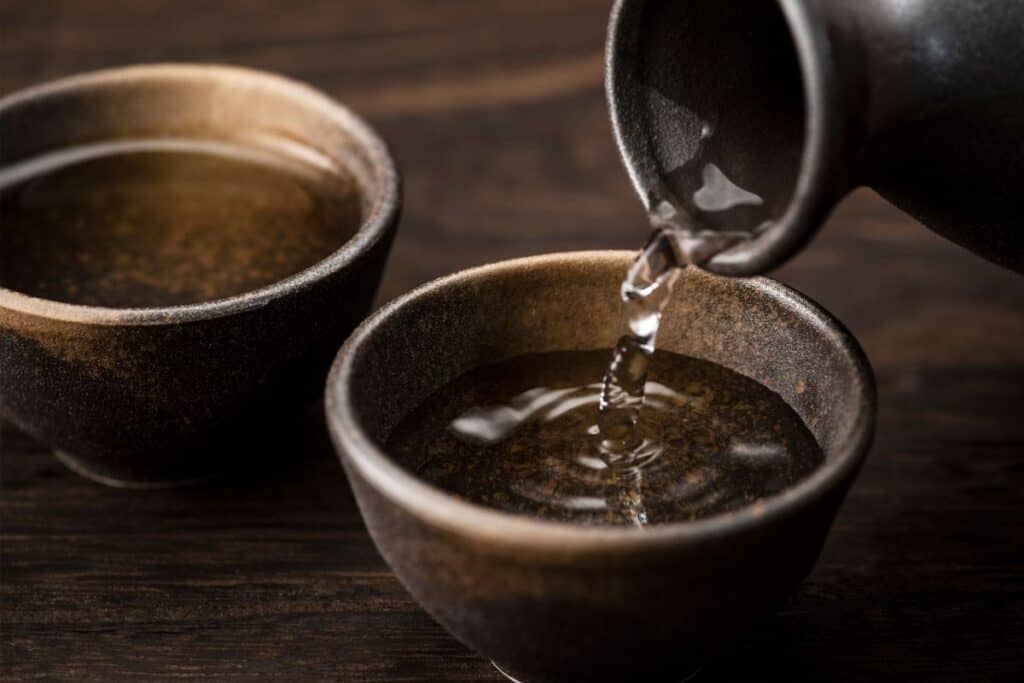
While some of the herbs in the recipe are kept secret, some that are known, such as ginseng and turmeric, are known to have medicinal benefits.
Not everyone, especially some who manufacture habushu, believe there is any validity to these claims.
Is Habushu Expensive?
With this strange “sake” being such a novelty item, it’s no surprise that it comes with a steep price tag. Its rarity also lends itself to the novelty, as well as the expense.
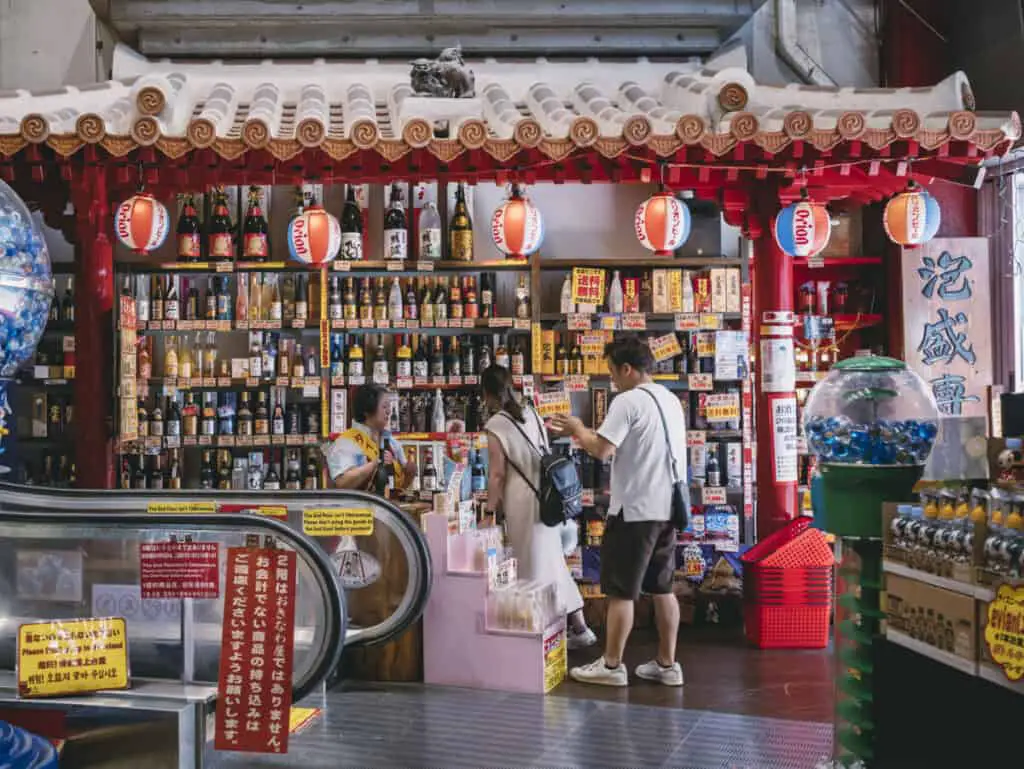
While you will be able to try habushu for a variety of price points, the authentic experience of getting a large bottle with the habu snake still inside can cost up to 1000 U.S. dollars.
You can also purchase bottles of habu sake without the snake still inside if you want to try it without having the snake staring back at you.










